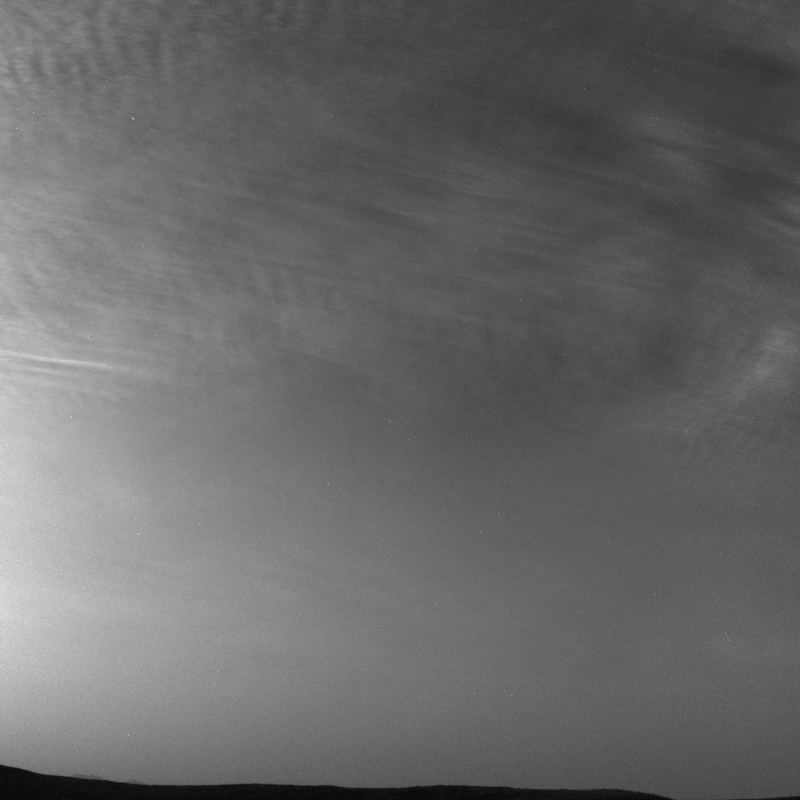My most admired Andrew L. Chaiklan “threw down the gauntlet to me” last night during the Planetary Radio podcast. He described sending humans to Mars as “The Mount Everest of space exploration.” He pointed out that a broken toilet on the spacecraft could be a fatal event for the astronauts on board. (He had a good point there.) He did not see humans on Mars before the 2050s.
I do not have an engineering or scientific degree. I am not an ex-astronaut. I don’t have a NASA pedigree. Explore Mars, Inc., The Mars Society, or the National Space Society would never invite me to be a guest speaker or panel member. I have been studying the idea of a manned mission to Mars since I saw the film Flight to Mars at the King Center Drive-In theater in 1954.
In simple language, here is how we get it done by 2033 as follows:
1) Leaving astronauts in “a tin can” for 6 months as they fly to Mars is totally unrealistic. We need to cut the travel time down to 30-45 days. This can be done with nuclear-type engines. This is not some new technology that we need to invent. We had a nuclear engine that could power a spacecraft ready to go in 1969. For some unknown reason, President Nixon canceled the program.
2) There is an old saying in engineering KISS (Keep it simple stupid.) Things that are a matter of life and death for astronauts like toilets, water filtration and recycling systems, food preparation systems, life support systems, etc. need to be as simple as possible. They need to be easy to fix.
3) Dennis Tito is a man who earned my respect. He made a lot of money as an investment manager. He paid the Russians a fortune to give him a ride to the International Space Station. He conceived a daring plan to send two humans on a flight around Mars. He specified that the two crew members would be a highly compatible domestic partnership. For the first flight, it was going to be a man and a woman. Later flights could have gay couples. It was a brilliant idea! Such people would get along together well. They would give each other love, warmth, and sexual pleasure. I would add that the candidates for these places on the spacecraft need to have the most rigorous medical examination including DNA tests. We could not afford a medical emergency en route to or on the surface of Mars. I would specify that one crew member should be an MD with surgical skills.
4) Conventional wisdom says that we land astronauts on Mars. They return to earth. I advocate for a one-way trip. The people landing there would become colonists. They would start a new life on Mars and have children there.
Some readers like Elena have a firm belief that we have too many problems here on earth. We should not be spending money sending humans to Mars. People from the space advocacy organizations will calmly and correctly point out that expenditures for space exploration are less than 1% of the US budget.
I have an even better answer. An Oakland author named Mary Roach wrote a brilliant little book a few years ago called Packing for Mars. Here is the link:
https://en.wikipedia.org/wiki/Packing_for_Mars
She put her heart and soul into the project. She went to Russia and trained to be a cosmonaut. She spent time doing training for the International Space Station at Johnson Spaceflight Center. She ended the book talking about how cold, dangerous, and unforgiving space was. I sensed that she was going to end the book advocating against the human exploration of Mars. She surprised me with the following final words that I will paraphrase now as follows:
“If we don’t send humans to Mars, they won’t spend the money on social programs. What in the heck, let’s go ahead and do it!”
I will leave you to reflect on that!


